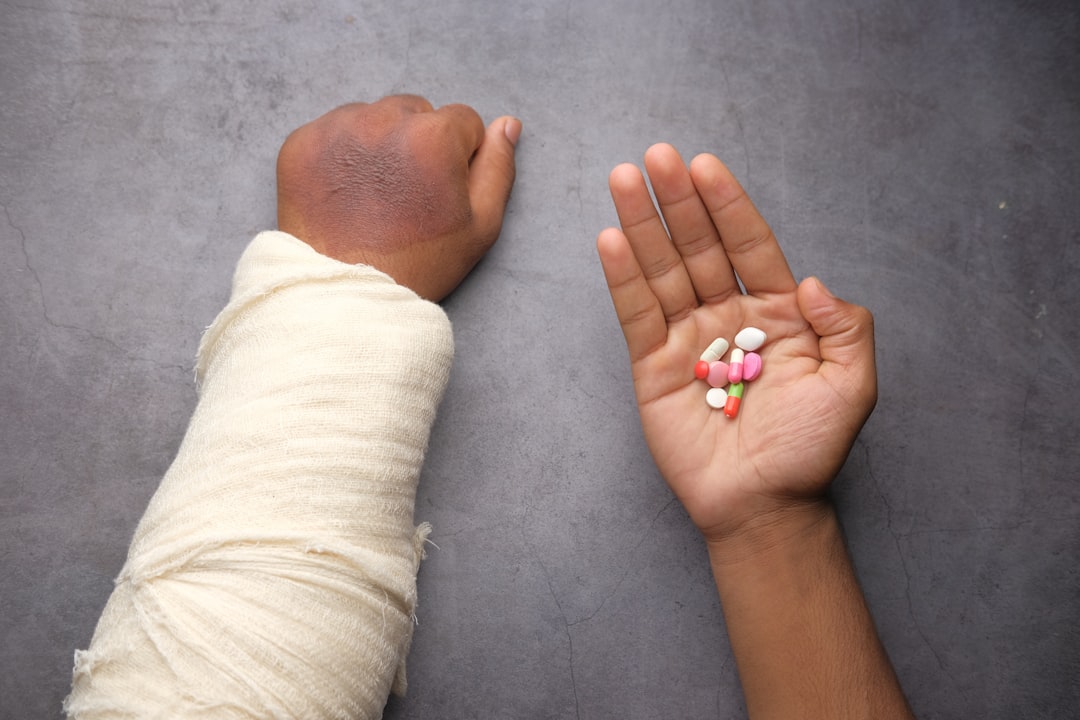What is it about?
On basis of the lubricating corruption effect hypothesis (grease-the-wheels hypothesis), the impact of corruption on growth seems ambiguous. Therefore, the question that arises is how corruption affects economic growth and to what extent corruption can be tolerated and at what threshold it has a detrimental effect on an economy. This paper examines the impact of corruption on economic growth by testing the hypothesis that the relationship between these two variables is nonlinear and it assesses whether the belief that corruption has detrimental effects on the economy is always true. This paper uses a panel data of 65 countries observed over the 1987 to 2021 period. The findings indicate that corruption can have a positive effect on growth. It has been found that beyond an optimal threshold, both high and low corruption levels can decrease economic growth. Under this threshold, a moderate level of corruption is defined by the point of reversal of the curve of the marginal corruption effect on growth. Such a threshold could have advantages for economic growth.
Featured Image

Photo by Jesus Monroy Lazcano on Unsplash
Why is it important?
Our findings confirm some theories that assume that corruption "lubricates the economic cycle" and produces the most efficient economies. However, this lubricating effect has a threshold beyond which it slows down economic growth and so, being put in place good governance principles and structures is necessary for developing countries.
Perspectives
Our findings confirm some theories that assume that corruption "lubricates the economic cycle" and produces the most efficient economies. However, this lubricating effect has a threshold beyond which it slows down economic growth and so, being put in place good governance principles and structures is necessary for developing countries.
Professor Mohamed Ali Trabelsi
Faculty of Economics and Management of Tunis, University of Tunis El Manar
Read the Original
This page is a summary of: The impact of corruption on economic growth: a nonlinear evidence, Journal of Social and Economic Development, January 2024, Springer Science + Business Media,
DOI: 10.1007/s40847-023-00301-9.
You can read the full text:
Contributors
The following have contributed to this page










